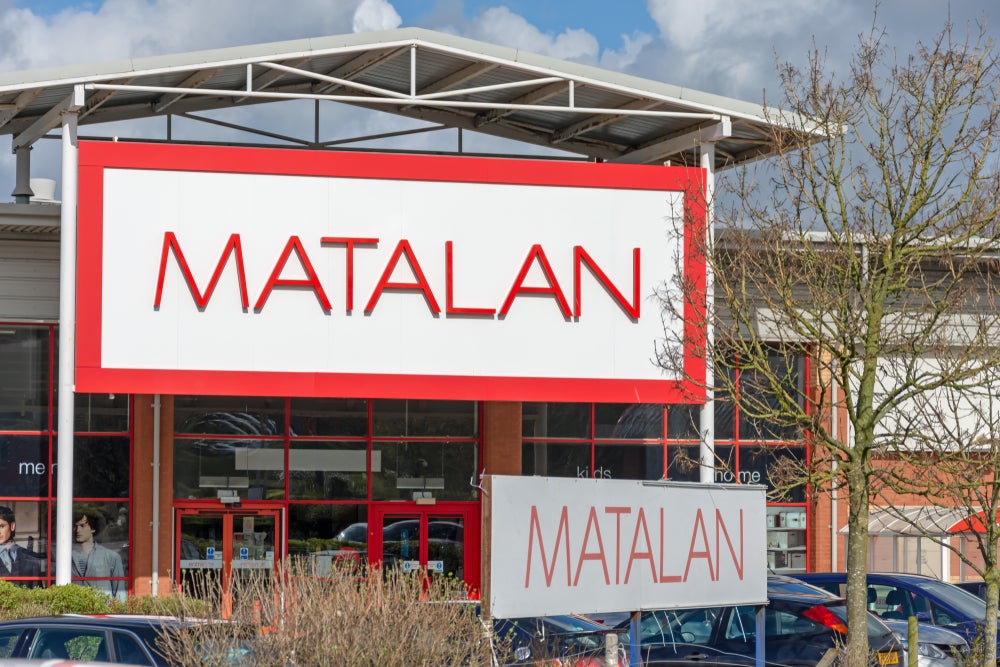In its 2023 progress report, the Apparel Impact Institute (AII) revealed it had almost quadrupled its actual GHG emissions reductions in 2023 compared to 2022 and producers have started 60% more Climate Action Approach programs in 2023 compared to 2022.
AII has also unlocked $37,951,454 in blended capital.
“While the fight to decarbonise apparel and footwear is far from over, we are encouraged by our 2023 results and look forward to continuing to decarbonise the industry – together,” says Lewis Perkins, president at AII.
“We can bring forth the most effective solutions and financial resources, but it will mean nothing if we can’t demonstrate business value to producers and get their buy-in on this transformative work. We are ready to confront this challenge head-on and will spend 2024 deepening our engagement with producers, understanding their needs, and creating a conducive environment for adopting sustainable solutions. Producers must be at the table alongside brands, retailers, climate philanthropy, and financial institutions for the industry to meet its climate goals,” Perkins adds.
AII is now eyeing an ambitious target in reducing CO2 emissions from the apparel supply chain. To achieve the target it is catalysing collective action to remove barriers standing in the way of supply chain decarbonisation.
It says it will activate programs, solutions, and finance to help producers decarbonise their operations in credible ways.
Here are AII's key strategic pillars for achieving its goal:
- Cross-connect: AII is in a unique position to convene key stakeholders in the value chain and activate meaningful collaboration.
- Centre producers: Engage producers as co-developers in this work with a focus on removing their barriers. Champion them as the hero.
- Focus in regions: Develop regionalised nodes of impact, engagement, and implementation to build the networks to drive change.
- Channel funding: Remove barriers to capital for producer decarbonisation while also directing funding to vetted, viable solutions.
- Follow the carbon: Double down on enabling the removal of 100Mt of carbon and take a data-driven approach that targets the most effective carbon reduction opportunities.
- Implement on the ground: Continue to ensure that credible, quality decarbonisation programs and solutions are implemented at targeted producers.
AII says it recognises its strategic pillars are closely interrelated and has established a cross-functional taskforce to move from strategy to day-to-day integration.
The taskforce works across three major pillars — supplier engagement, decarbonization solutions, and sustainable finance solutions — and will dedicate Q1 and Q2 of 2024 to developing tactics to operationalise its strategy.
“A central element to our work will be collaboration with producers and helping them develop a strategic plan to reduce their emissions through 2030 and beyond,” AII said in a statement. “We aim to provide practical assistance through our Climate Solutions Portfolio and sustainable finance solutions.”
AII is also evolving the AII Carbon Toolkit to leverage its ecosystem to assist producers in crafting their decarbonization blueprints, which go beyond traditional action plans or target setting.
Bryant LaPres, senior director of industry engagement at AII, said: “A decarbonisation blueprint is dynamic. It evolves with the factory, ensuring emerging technologies and continuous improvement are core to decarbonization strategies. The decarbonization blueprint is a strategic plan specific to a factory that outlines the steps necessary to significantly reduce [the producer’s] carbon emissions, both leading up to 2030 and beyond. It offers a detailed view of the current carbon footprint while finding areas with the highest potential for emissions reduction and provides a roadmap for interventions, considering various time horizons and financial considerations.”
















